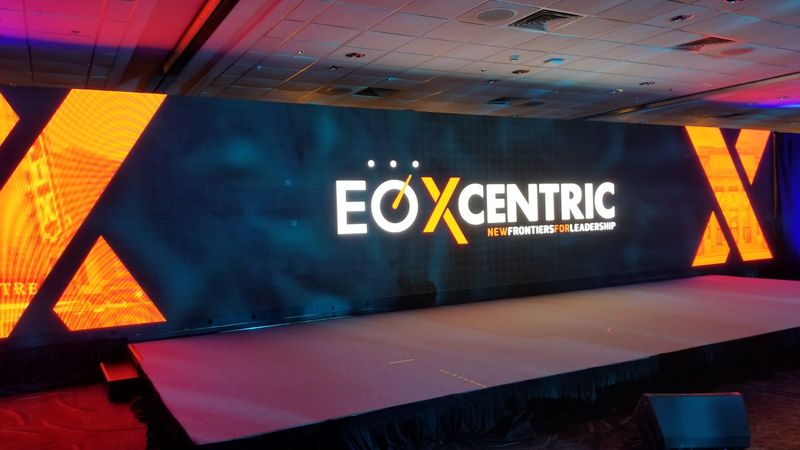Innovative Methods to Enhancing Mobile Communication Solutions for LED Display Panels.
Wiki Article
Wireless connectivity technologies for Light Emitting Diode wall screens have redefined the way we utilize visual displays in diverse environments, such as live events, corporate gatherings, and advertising. These panels, known for their high-impact colors and high clarity, rely heavily on strong wireless connections to function optimally. As technology continues to evolve, innovative strategies are being developed to enhance these wireless solutions. This article will examine some of the latest strategies aimed at improving wireless connectivity for LED wall panels.
One significant method to enhancing wireless communication is the use of advanced antenna systems. Antennas play a vital role in sending and capturing signals between components. By utilizing adaptive antenna arrays, which can adjust their direction and focus based on the environment, manufacturers can significantly enhance signal strength and reliability. This dynamic tuning helps reduce disruption from other electronic devices and obstacles, leading to sharper video quality and more consistent link performance for LED wall panels.
Another innovative strategy involves implementing mesh networking systems. Unlike conventional wireless setups that rely on a single access point, mesh networks consist of multiple connection points that collaborate to spread the internet signal over a larger area. This setup guarantees that LED wall panels receive a steady signal no matter their location. In venues like arenas or large event centers, where physical obstructions may disrupt signals, mesh technologies provide a more reliable solution by ensuring signal integrity even in crowded environments.
In addition, led wall panel with remote incorporating edge processing into wireless communication systems can enhance performance for LED wall displays. Edge computing allows data processing to occur closer to the source of data generation rather than relying solely on centralized data centers. By analyzing data at the edge of the Luminescent Diode wall units, the architecture reduces latency, resulting in faster response times and smoother video playback. This innovation is especially advantageous for applications that require real-time updates or interactive features, making visual displays more engaging for viewers.
Finally, adopting new transmission standards can also enhance wireless connectivity for LED wall panels. Protocols such as 802.11ax and 5G offer greater bandwidth and faster data transfer rates like it compared to previous standards. These technologies allow multiple devices to connect concurrently without compromising performance. As Luminescent Diode wall panels are often used in conjunction with other smart technologies, implementing these advanced protocols ensures that all components can communicate effectively, leading to an significantly improved user interaction.
To summarize, the advancement of wireless communication technologies for LED wall displays is crucial as technology continues to advance. Through innovations such as smart antennas, mesh networking systems, edge computing integration, and new data transmission standards, producers can provide better performance and reliability. These approaches not only enhance the capabilities of Luminescent Diode wall units but also enhance the visual experiences they offer across various applications. As these technologies continue to progress, audiences can look forward to even more impressive visual presentations in the future.
